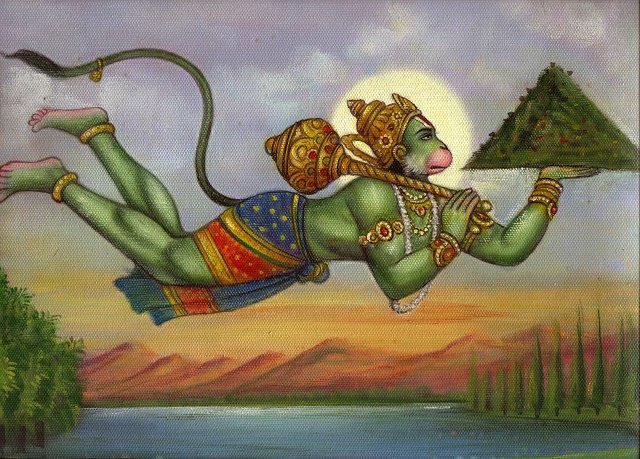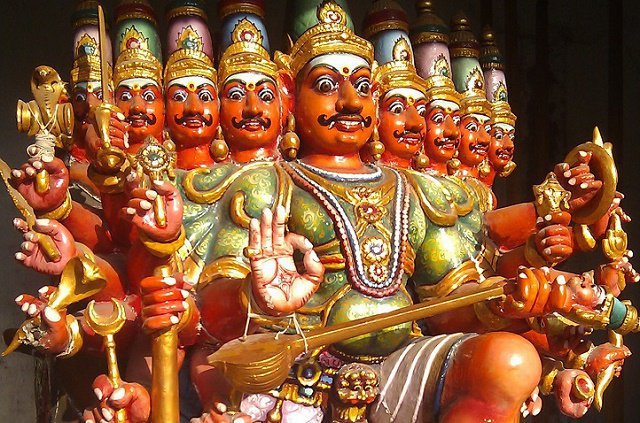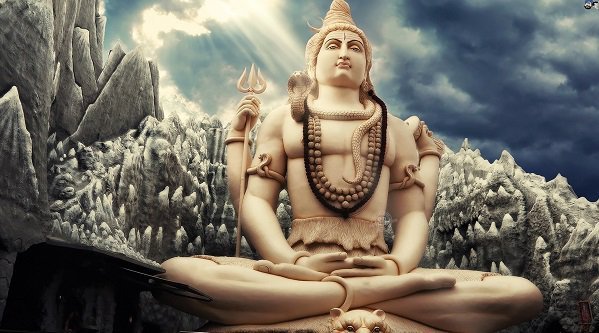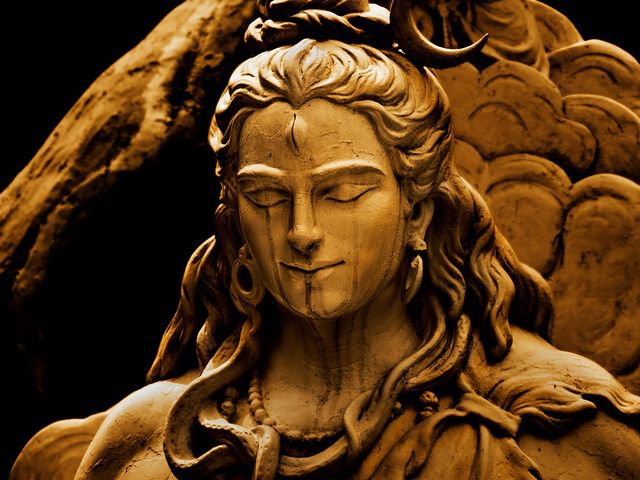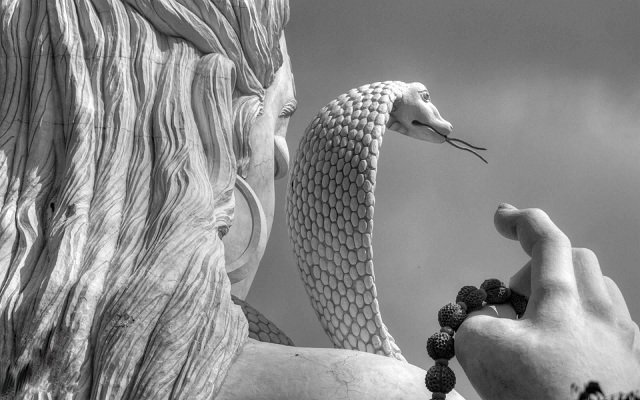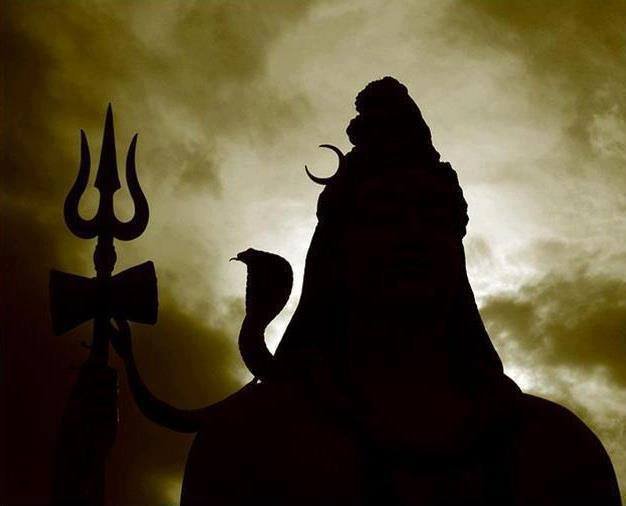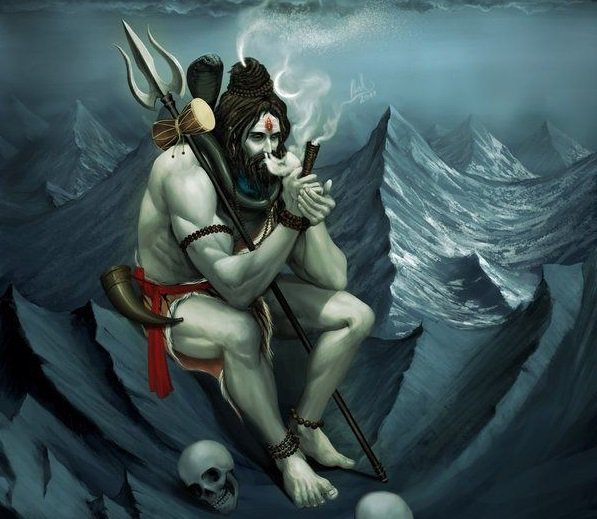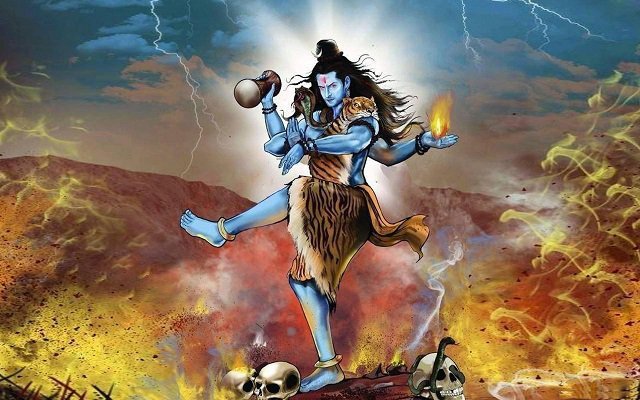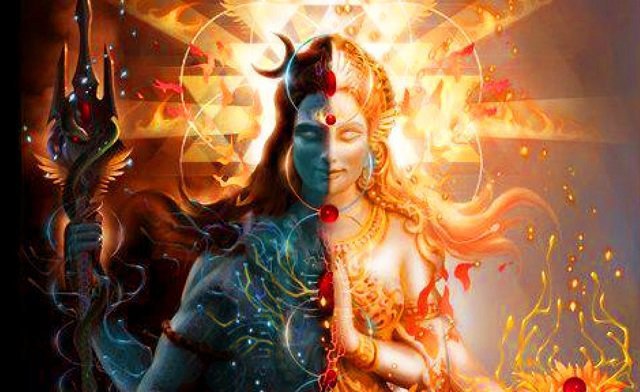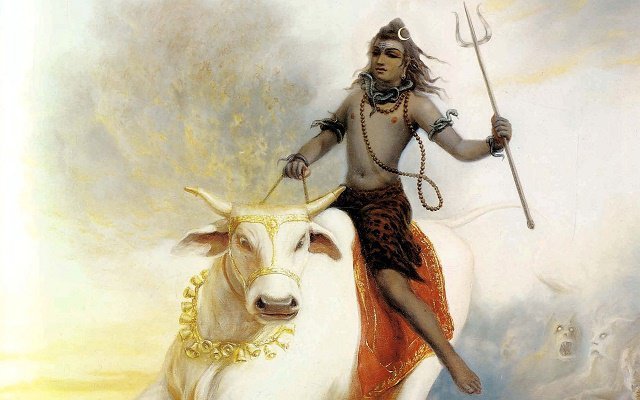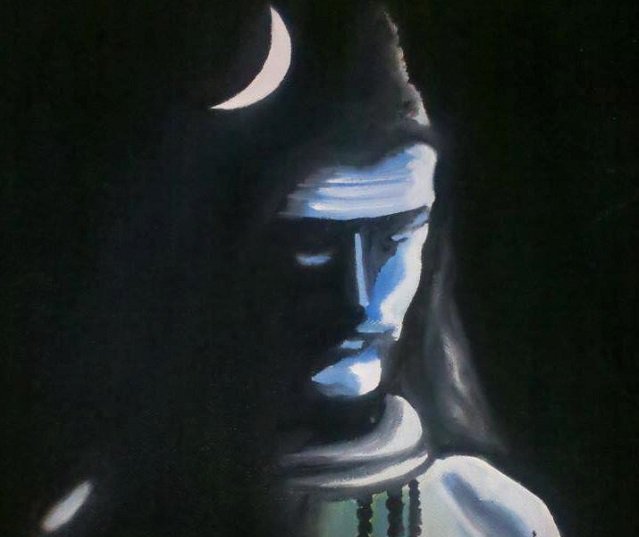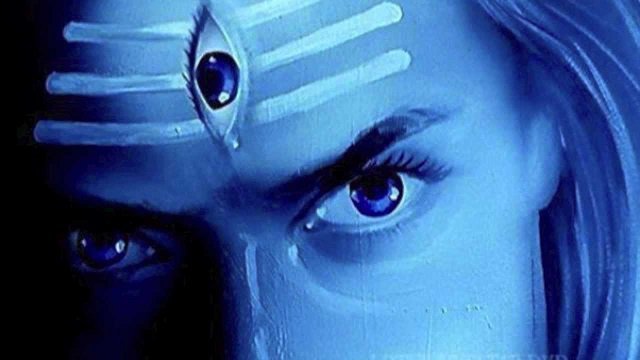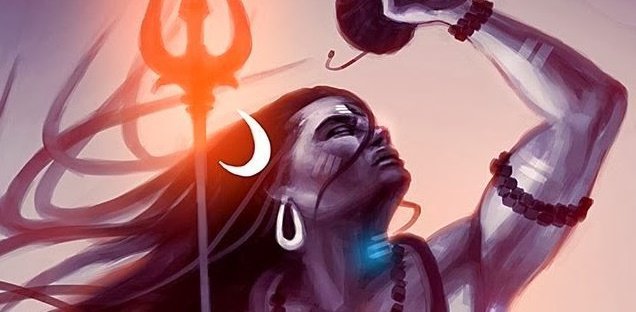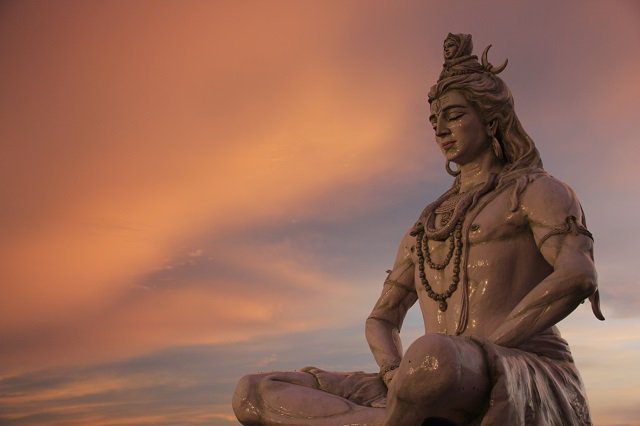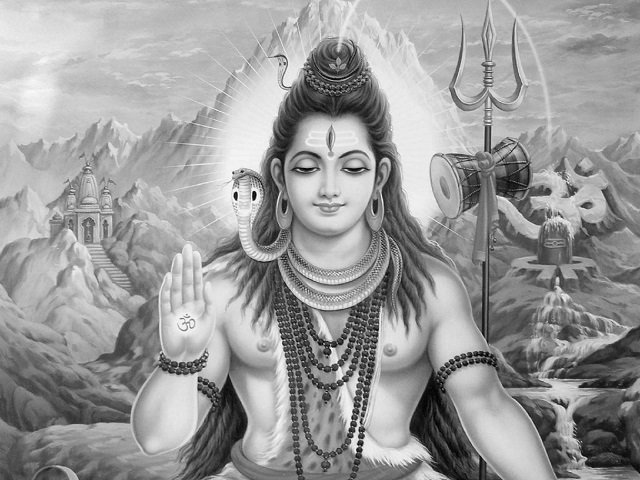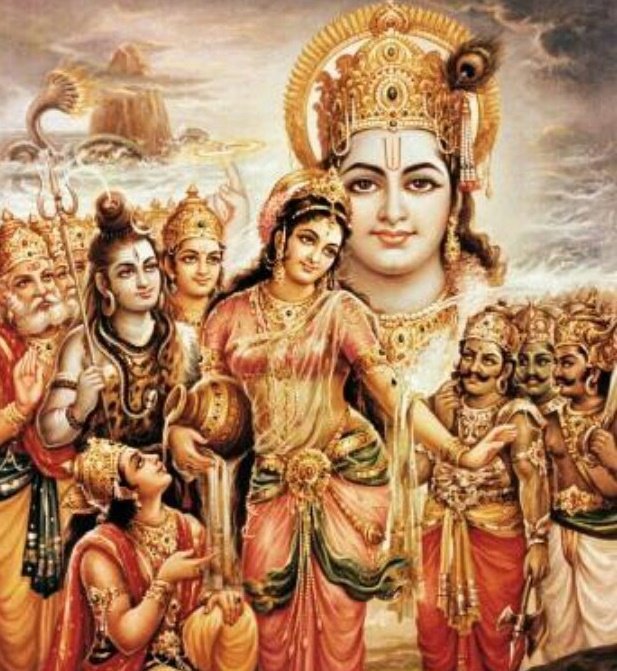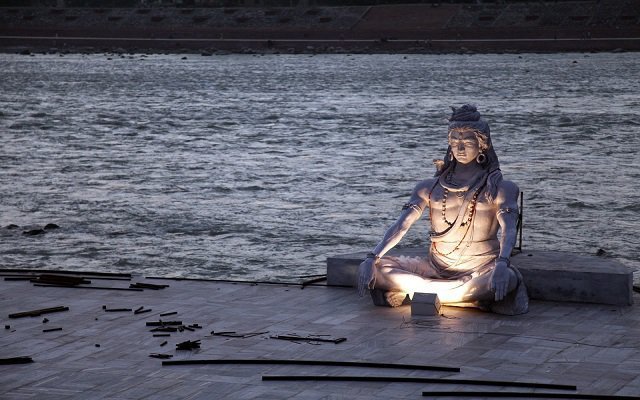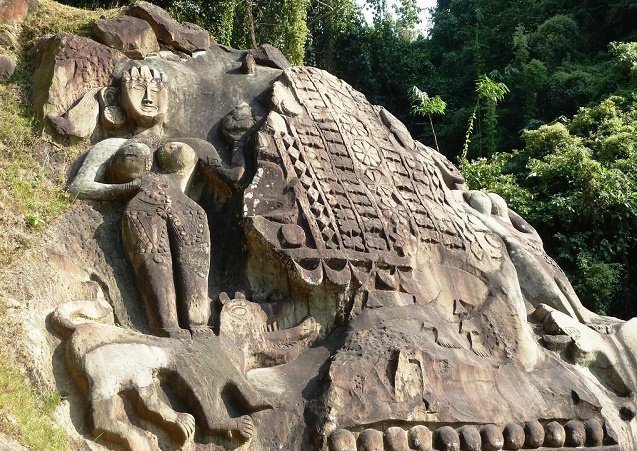As
per Mahabharata after the war is finished and Pandavas are done with their
rituals for the throne Dhritarashtra is willing to go to forest and wants to do
penance and his wife Gandhari and Pandavas mother Kunti and Vidur also wants to
accompany him.
When
Yudhisthira comes to know about this he doesn't want them to leave palace and
go to forest. But after pacifying by Vidur he let them go to forest and all
Pandavas accompany them to forest and after enquring and providing all
necessary means for their survival they come back to Hastinapur and gets busy
with their affairs.
As
per Mahabharata serial karna’s wife is well respected by Pandavas and karnas
son is very dear to Pandavas specially to Arjuna and is taught by Arjuna in
archery.
But
nothing much is known about the wife of Duryodhana.she was the princes from now
days Assam of king Bhagadutta and karna did help Duryodhana to marry her by
eloping her in front of many warriors and karna defeated them all.
Duryodhana
had one son laxaman and a girl laxmana. Son was killed by Abhimanyu on 13th day
and daughter was abducted by the samba the son of lord Krishna and latter he
marries her.
After
hearing the news of Pandavas winning the war Dhritrashtra and Gandhari set out
to visit the battlefield where all their sons and Kuru warriors were lying
dead.
Hearing
the news of their visiting Battlefield Pandavas along with Lord krishna visits
there and confronts Dhritrastra and Gandhari.
Gandhari
on seeing her sons lying dead in battlefield and there bodies were reduced in
dimensions by carnivorous worms and animal got very angry and she made Lord
krishna responsible for this and curses him that he will watch his kinsmen
dying in front of his very eyes as has they seen their sons dying on
battlefield.
Then
Gandhari Asks Bheema that what made him to kill her all sons with such cruelty
and specially Dushasana where Bhima Opens his chest with his bare hands and
drink his blood. and how come he Killed Duryodhana against the rule of Mace
fight.
Bhima
explains her that it was necessary for him to kill Duryodhna by injustice
because he was fearing to lose him in the battle. He had to Drink Dushasana’s
blood to fulfill his Words given at the time of Dice Play. But I didn’t take
his blood below by throat and Karna was knowing so.
Yudhistra
Ask for her forgiveness and says that he is the reason for all this destruction
and so should be cursed by her for killing her entire Clan. Gandhari points
Yudhistra to the body of karna which is being eaten by worms and other warriors
of Battle who are dead now that what did he get by killing an entire race for
the sake of a throne.
Karna’s
Wife wept on the dead body of Karna and says that those curse has finally taken
you.
Then
Lord krishna, Vyas, Vidur, Sanjaya pacify both by explaining the truth of Death
and Birth and giving them examples through stories pacify them. then the pyre
is constructed to cremate the dead of battlefield and proper death rituals are
performed afterwards.
Then
Kunti Reveals the truth of Karna and Yudhistra after gearing the truth curses
the whole women that they won’t be able to keep secrets anymore.
Yudhisthra
says that at the Game of Dice when he looked at the feet of Karna it was
resembling to Kunti’s feet and I tried to find out the truth but I couldn’t. If
Karna and Dhanjaya both were my side I would have defeated the Vasudeva
himself. Then to pacify him Sage Narada explains him the story of Karna How he
was Cursed by Brahmin and Parshurama and how he promised Kunti not to kill four
pandavs.
Afterwards
Yudhisthra starts his Kingdom affairs and he in consultation with Dhritarashtra
takes all decisions and he respects Dhritarashtra and gandhari like his own
Mother Father. Thus 15 years have passed until one day Bhima Taunts them saying
that he had killed all the sons of Blind with his very Hand.
Then
Dhritarashtra and Gandhari decides to retire to woods and accompanied by Vidur,
Kunti Sanjaya and many Brahmans.
After
retiring to wood after performing proper rituals Dhritarashtra and others
indulges into severe penance and lives upon air only. after 2 years are
elapsed, yudhisthra along with his family and other people goes to woods and
meet his Mother and other people and stays there for almost 1 month.
During
their stays in woods, Sage vyas visits them and seeing Dhritarashtra and
Gandhari still thinking about their sons and their death asks them to ask to
fulfill one wish, where they asks to meet their deceased sons and other
warriors of kurukshetra war.
Then
Vyasa with his ascetic powers revives all the deceased warriors of Kurukshetra
for one night and all people meet their fathers, brothers, husbands. and next
day they all goes to their respective places and then Vyasa asks wives of
deceased's to join them by bathing in the water of Bhagirathi and who so ever
enters the water joins their husbands.
